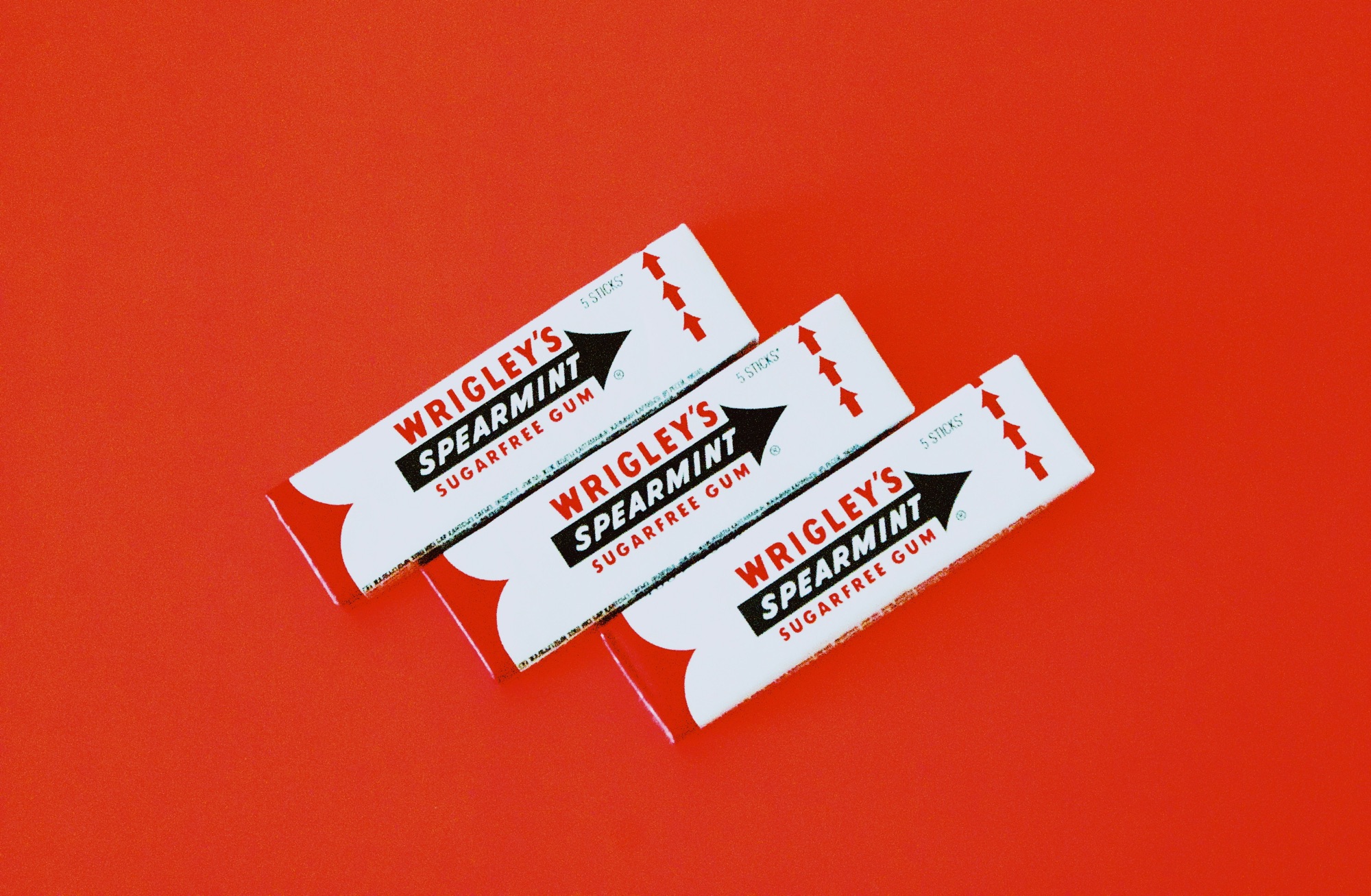Mint is well-known for its distinctive cooling sensation, a unique experience that is both refreshing and invigorating. Whether in chewing gum, toothpaste, or your favorite cocktail, the cold feeling you get when consuming mint is unmistakable. But what causes this chilling sensation? This detailed article explores the science behind why mint feels cold, the role of menthol, and how our sensory receptors interpret this icy effect. Understanding the cooling sensation begins with recognizing that mint’s effect is primarily due to a compound called menthol, which is found in various mint plants, including peppermint and spearmint. While it doesn’t physically change the temperature of your mouth or skin, menthol creates the illusion of coldness. To understand how this happens, we must delve into how our nervous system senses temperature.
The Role of Sensory Receptors
Our bodies are equipped with specialized sensory receptors called thermoreceptors that detect temperature changes. These thermoreceptors send signals to the brain when they sense heat or cold. The cold sensation is detected by a specific receptor called TRPM8 (Transient Receptor Potential Melastatin 8). When TRPM8 is activated, it sends signals to the brain, interpreting the sensation as cold.
How Menthol Activates TRPM8
Menthol is the key player in creating the cooling effect of mint. Although menthol itself isn’t cold, it activates the TRPM8 receptor, tricking the brain into thinking you’re experiencing a drop in temperature.
Mimicking Cold Temperatures
Menthol binds to the TRPM8 receptor, causing it to change shape in a way similar to how it would respond if it were exposed to a cold stimulus, such as ice. This triggers the receptor to send signals to the brain, which interprets the sensation as cold even though the temperature remains unchanged. This mechanism is a form of sensory deception, where your body feels cold even in the absence of an actual drop in temperature.
The Chemical Structure of Menthol
The chemical structure of menthol allows it to interact easily with the TRPM8 receptors. Menthol’s molecular properties enable it to pass through cell membranes and bind directly to the receptor. This interaction is what makes mint feel cool, even though the temperature of your mouth or skin remains the same.
Applications of Menthol Beyond Mint
Menthol’s cooling properties are not just limited to the minty foods and products you consume. It is widely used in various applications due to its unique sensory effects.
Toothpaste and Mouthwash
Menthol is a common ingredient in toothpaste and mouthwash, not only for its refreshing flavor but also for the cool sensation it provides. The perceived coldness enhances the feeling of cleanliness in the mouth, making it a popular choice in oral hygiene products.
Practical Tips:
- When choosing toothpaste, consider the menthol content if you prefer a stronger cooling effect.
- For those sensitive to the cooling sensation, look for products with spearmint rather than peppermint, as they tend to be milder.
Cooling Remedies for Pain
Menthol is also used in topical pain relief products like muscle rubs and patches. The cooling sensation it produces can help distract from pain by creating a competing sensory signal. This is known as counterirritation, where the cooling sensation reduces the perception of pain in a targeted area.
Example: Products like Icy Hot or Biofreeze utilize menthol to provide relief for sore muscles and joints. Applying these products can be particularly beneficial after a workout to help soothe tired muscles.
Chewing Gum and Candies
Many chewing gums and candies contain menthol to deliver that refreshing and cooling burst when you chew or suck on them. The sensation can also make breath feel fresher, reinforcing the association of mint with cleanliness and refreshment.
The Science Behind the Intensity of the Cooling Effect
Not all mint products provide the same level of cooling. The intensity of the effect depends on the concentration and type of menthol used. Peppermint, for example, has a higher concentration of menthol compared to spearmint, which is why peppermint feels cooler.
Different Forms of Menthol
There are different forms of menthol, including natural and synthetic variations. Natural menthol is typically extracted from peppermint oil, while synthetic menthol is produced in laboratories. Both forms can activate TRPM8 receptors, but the cooling intensity can vary depending on the concentration and purity.
Practical Tip: If you prefer a natural approach, look for products labeled as containing natural menthol, often derived from essential oils.
Why Does Mint Feel Cooler in Certain Conditions?
The cooling effect of mint can feel more intense under specific circumstances, like when you drink water or breathe in after consuming mint.
Enhanced Cooling When Drinking Water
Have you ever noticed that drinking water after chewing mint gum makes the water feel colder than usual? This happens because the water enhances the menthol’s activation of TRPM8 receptors, creating a stronger signal to the brain. The combination of menthol and the actual temperature of the water amplifies the cooling sensation.
Personal Insight: I’ve often found that sipping on a cold drink after enjoying a peppermint candy amplifies the sensation, making it a fun experiment to try with friends.
Breathing in After Consuming Mint
Similarly, breathing in cool air after consuming mint enhances the sensation of cold. The flow of air across your TRPM8-activated receptors reinforces the brain’s interpretation of the environment as being colder than it really is.
Evolutionary Perspective: Why Do We Perceive Cold from Mint?
The cooling effect of mint is not just a modern phenomenon but likely has evolutionary roots. Our ancestors may have used mint and menthol-containing plants for their cooling and soothing properties long before we understood the science behind it.
Benefits of Cooling Sensations in Nature
In hot climates, the cooling sensation provided by menthol-containing plants might have offered relief, making mint a desirable plant to consume. Additionally, the cooling effect could serve as a natural deterrent to pests and insects, which may be less attracted to the cooling sensation produced by menthol.
Case Study: In traditional herbal medicine, mint has been used for centuries to relieve headaches and digestive issues. Its cooling properties likely contributed to its perceived efficacy in these treatments.
Common Mistakes and Misconceptions
Misunderstanding the Physical Temperature Change
A common misconception is that mint physically lowers the temperature of the mouth or skin. In reality, the sensation is purely a trick of the brain, as the actual temperature remains unchanged.
Tip: Next time you experience mint’s cooling sensation, remind yourself that it’s all in the perception, allowing for a greater appreciation of this sensory illusion.
Overuse of Mint Products
While mint is generally safe, excessive use, especially of concentrated menthol products, can lead to irritation or discomfort.
Advice: Moderation is key. If you experience any irritation, consider switching to a milder mint product or reducing frequency of use.
Exploring the Broader Impact of Menthol
Cultural and Culinary Uses of Mint
Mint’s cooling properties have made it a staple in various culinary traditions around the world. From Middle Eastern tabbouleh to Indian chutneys, mint adds a refreshing twist to diverse dishes.
Culinary Tip: Try adding fresh mint leaves to your next salad or cocktail for a burst of flavor and a cooling effect that’s sure to impress your taste buds.
The Psychological Aspect of Cooling
The sensation of cooling can also have psychological effects, contributing to feelings of calm and relaxation. This is why mint is often used in aromatherapy and personal care products designed to soothe the mind and body.
Example: Mint-scented candles or essential oils can be used in a diffuser to create a calming atmosphere at home.
The Future of Menthol and Mint Products
As our understanding of menthol and sensory perception evolves, so too does the potential for new and innovative uses of mint and menthol in various industries.
Innovations in Menthol-Based Products
Researchers are exploring new ways to harness menthol’s unique properties, from enhancing athletic performance with cooling gels to developing more effective pain relief solutions.
Insight: As someone who’s ventured into the world of product development, I see immense potential in leveraging menthol’s sensory effects to create products that enhance everyday experiences.
Sustainability and Ethical Considerations
With the growing demand for natural products, the sustainability of mint cultivation is becoming increasingly important. Ethical sourcing and sustainable farming practices are essential to ensure that mint remains a viable resource for future generations.
Advice: When purchasing mint products, look for brands that prioritize sustainability and ethical sourcing to support responsible production practices.
Understanding the science behind why mint feels cold not only unravels the mystery but also highlights the incredible ways our bodies interpret and react to the world around us. From everyday products to culinary delights, the cooling sensation of mint continues to captivate and refresh, offering a unique sensory experience that transcends cultural and geographical boundaries.




